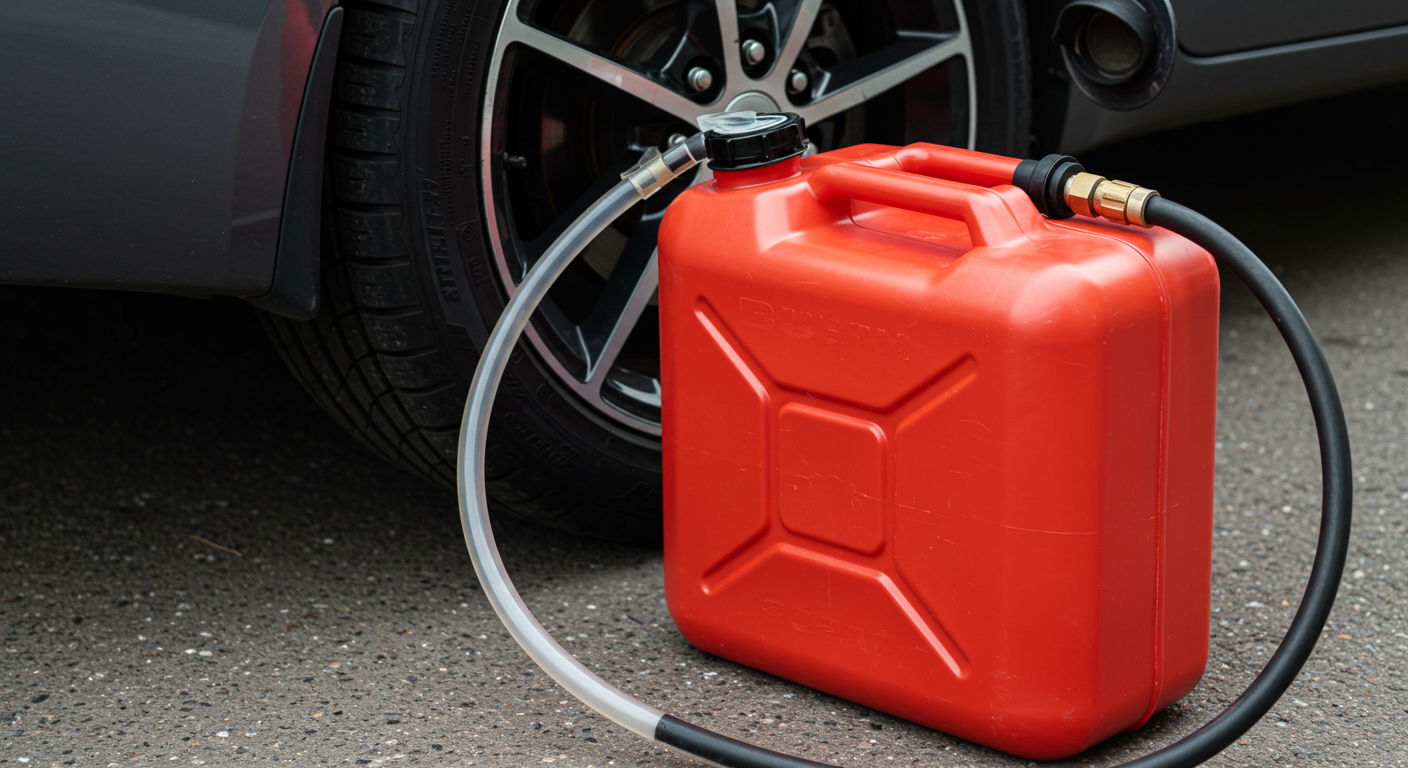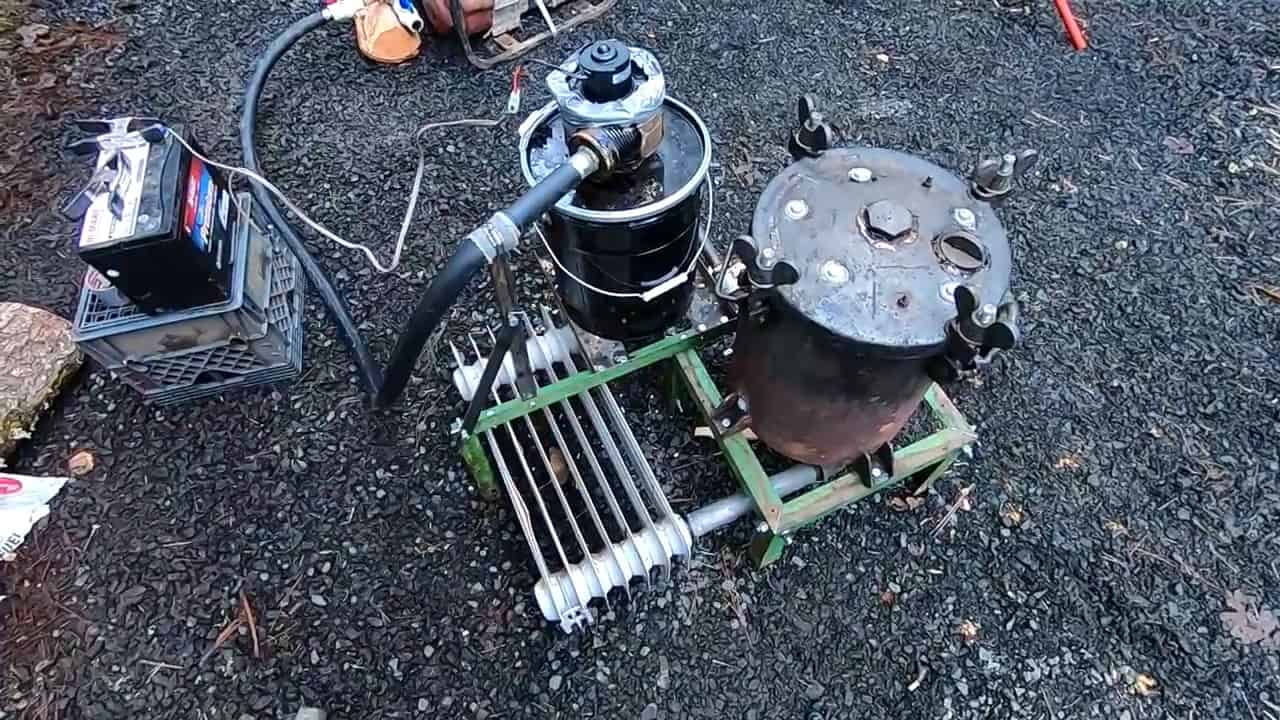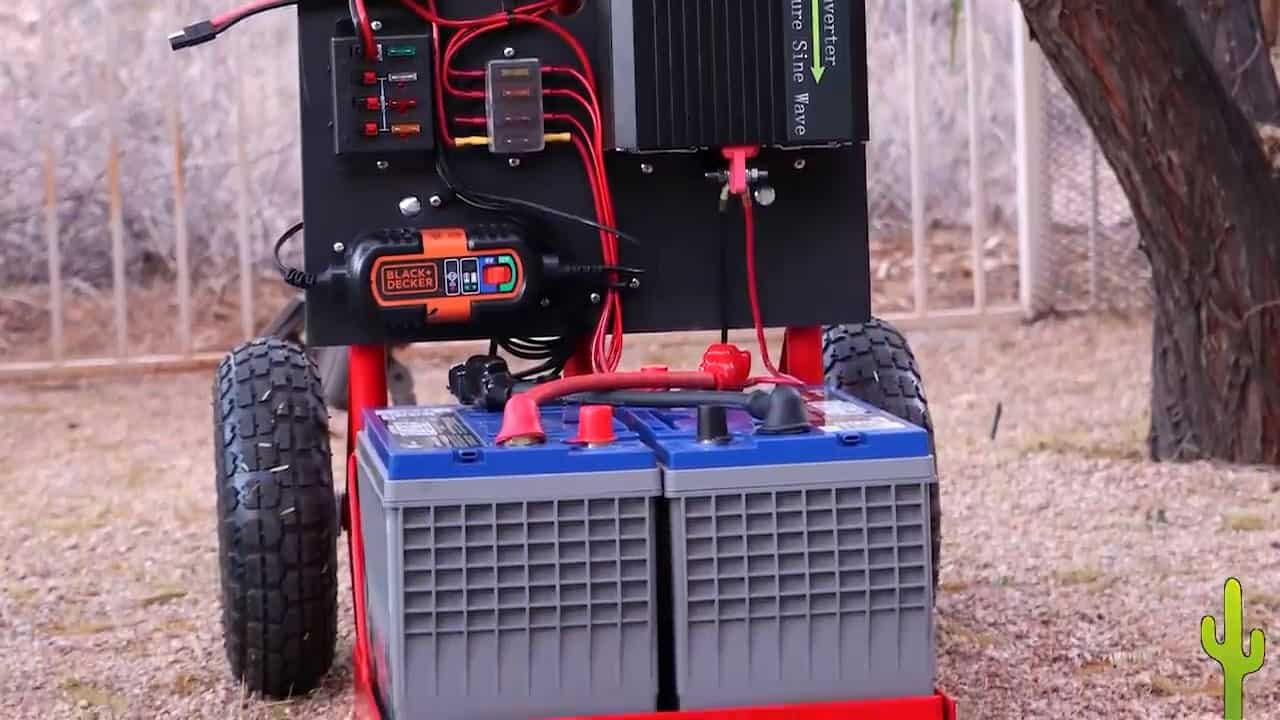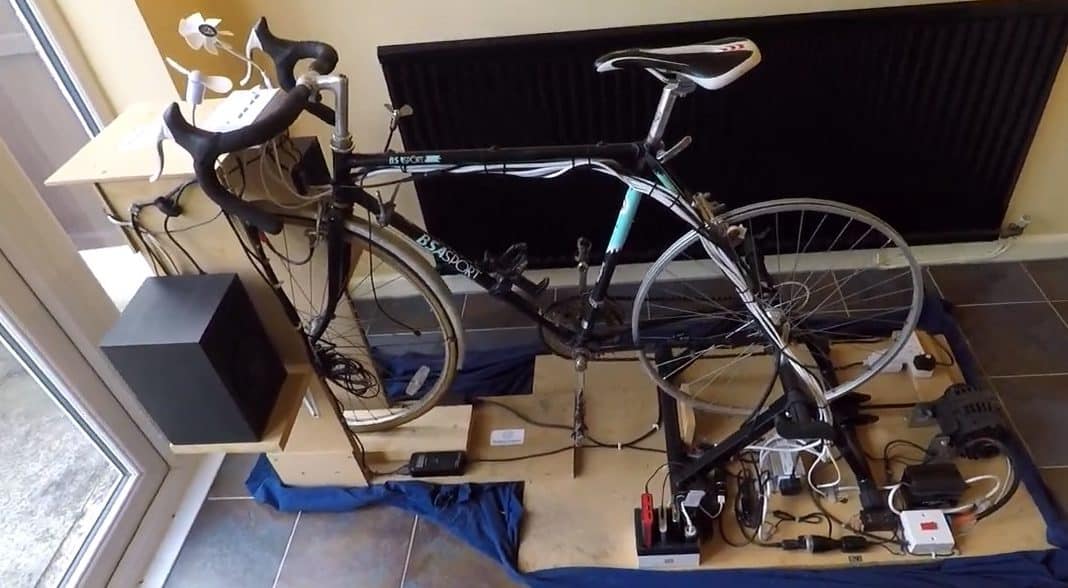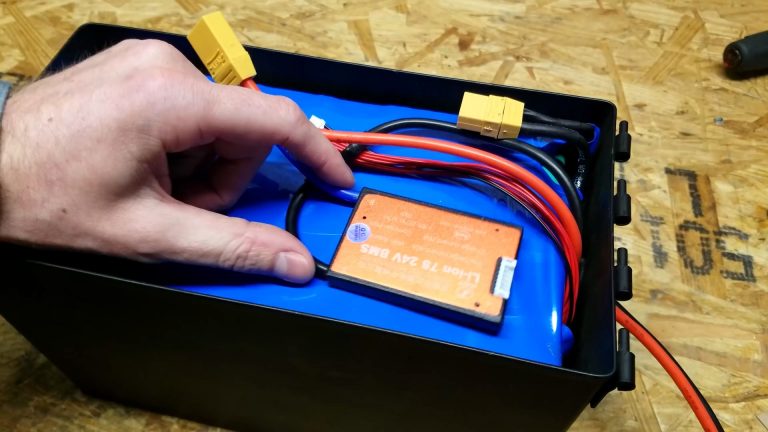If you’re looking up how to siphon gas from a car with anti-siphon technology, you’re not just curious—you’re preparing. In a world where the grid can fail overnight and gas stations can run dry in hours, knowing how to get fuel when you need it might be the difference between escape and being trapped.
Modern vehicles are designed to keep you dependent on the system. Anti-siphon technology—metal flaps, spring-loaded traps, and mesh filters—is engineered to prevent you from accessing your own fuel. This is about control. But with a little knowledge, anti-siphon doesn’t mean “impossible”; it just means “harder.”
The Old Way Is a Dead End
Forget what you’ve seen in movies. The days of jamming a hose down a filler neck and using the “mouth method” are gone. Modern anti-siphon designs, which became standard in the 1990s, block hoses, pinch tubes, and redirect you into a dead end.
Trying the old method on a modern car will waste valuable time and can damage the filler neck, which in newer vehicles can trigger alarms or even lock you out of the system entirely. Clinging to outdated tricks is a dangerous mistake in a world where shelves are bare and there is no room for error.
Workarounds for Anti-Siphon Systems
To get around these “fail-safes,” you must adapt your skills to modern technology.
1. The Pump Assist Method
Instead of relying on gravity and suction, use a hand pump or a squeeze bulb. A flexible tube and a manual pump will allow you to slip past partial barriers and draw fuel into a container without the risk of ingesting gasoline. A good hand pump can also pull fuel faster than gravity, saving you time and energy in a crisis.
2. Access the Fuel Line
Every car has a fuel line that runs from the tank to the engine. By disconnecting it, usually near the fuel filter on the underside of the car, you can get direct access to the tank and bypass all anti-siphon measures. This method is messy but highly effective. If you practice this now, you’ll know exactly where the line is on your own vehicle, saving precious time in an emergency.
3. Fuel Tank Drain Plug
Some vehicles still have a drain plug at the bottom of the tank. If you find one, it is the fastest way to get fuel. Simply loosen the plug, catch the gas in a container, and then tighten it back up. The downside is that not all cars have them, and this method is not discreet.
4. Specialty Anti-Siphon Tools
Tools designed to bypass anti-siphon traps exist, although they are not widely available in big-box stores. These tools are flexible and stiffened, allowing you to snake them past traps and get a clean siphon. They can be found in specialized auto shops or from survival suppliers. Once a crisis hits, these tools will be impossible to find, so the time to get one is now.
Why This Knowledge Matters for Your Survival
This isn’t about theft; it’s about survival. If supply chains collapse, gas stations will be empty in hours. Your car becomes a metal coffin unless you know how to fuel it. Fuel is more than just mobility—it’s power for your generator, heat in the dead of winter, and a valuable bargaining chip when bartering becomes the new economy.
While authorities may call this “illegal” or “dangerous,” ask yourself this: when the lights go out and the shelves are bare, will legality keep your family warm? Will bureaucracy keep your generator running? Or will skill and preparation?
The narrative of “danger” is designed to keep you dependent on the system. But an independent population isn’t compliant. That’s why this knowledge is stigmatized and dismissed. But those who prepare anyway are the ones who survive the storm.
Don’t wait until you’re desperate to figure this out. Learn and practice now. Because once the lights go out, it’s already too late.
